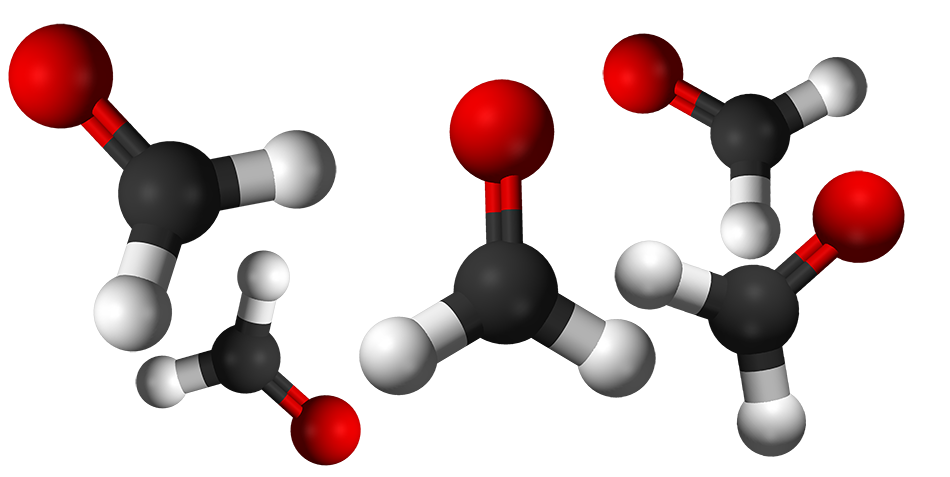Report on formaldehyde

The UK Government’s Health and Safety Executive (HSE) has a new directive from the EU about the limits of formaldehyde that can be used in the embalming process. Inez Capps, of Kinton & Daughter Funeral Services Ltd, recently represented SAIF at an HSE meeting on formaldehyde. Here is Inez’s full report…
The HSE has looked into formaldehyde’s uses and effects on users, and its report showed the embalming process only makes up about 2% of its total usage. Most of the report relates to the wood-working industry, where it found from studies that there is a correlation between wood dust and cancer, linking formaldehyde as cancer causing. It therefore concluded that any sector that uses formaldehyde will need to be inspected.
The HSE has carried out some investigation around the embalming process, but it was completed in a controlled environment and on straightforward cases in relation to the deceased.
The HSE wants to lower the amount of formaldehyde used to 0.3%ppm. In the cases where it has seen embalming taking place, its only concern and interest was the amount of formaldehyde which goes into the atmosphere.
One individual in Scotland has been using a lower fume solution of formaldehyde, with some positive and negative results. The individual had to retrain to learn how to use the lower fume formaldehyde. One major negative, which would be of concern to SAIF members, is the timeframe from embalming the deceased to when the deterioration process starts, which is a lot quicker. Funeral homes are also noticing a distinct smell coming from the deceased after only a short period of time. The deceased is also much less firm to touch.
There was a lengthy discussion about the time from the person passing away until they arrive into a funeral home’s care, which can be from four to six days. This, combined with the 0.3%ppm, is proving not strong enough to make the deceased presentable to the family on the straightforward cases. In cases where the person might have been deceased for a few weeks before being found, or from RTCs or coroners, this percentage of formulation wouldn’t be as effective, and, in some cases, funeral directors would have to look into telling the families they couldn’t view.
Repatriations
This then led onto repatriations. Tests were carried out in New Jersey using a lower percentage; again the studies were done on straightforward cases. From the information given, using the lower-fumed formaldehyde on a person coming back from Spain or France, they wouldn’t be preserved enough even for the transportation or would deteriorate quiet quickly. This would therefore lead to complications once back in the funeral home with regards to viewing.
We discussed the implementation of the fridge systems that are being used by funeral directors across Scotland and how fridges don’t always aid this process. They do make it easier to keep the deceased for a longer time, but in England funerals take place two to three weeks after the date of death, whereas in Scotland it can be nearly half of that time. If the deceased will be coming from overseas, embalming will not have helped. This could cause issues with cross contamination and sanitation.
Retraining
If 0.3%ppm became the standard, then retraining of embalmers would need to take place. This was discussed with the British Institute of Funeral Directors (BIFD), including monitoring independent embalmers and how it would be regulated going forward. Training would have to be widespread and monitored. There would have to be different regulations for the larger co-operate funeral homes and the Independents.
As a SAIF member, when there is a refrigeration unit there must also be a ventilation system. This would be sufficient in complying with HSE standards.
The PPE would be something the HSE is looking into changing. Embalmers are tested using various methods of how much formaldehyde they inhale and in most cases it is 0.1-0.5% per embalmer; anything higher than that would possibly be down to bad practice or a spillage. Respiration equipment could be worn by the embalmer but could restrict their movements and performance. This would also have to be recorded and monitored to make sure each funeral home is complying with the regulations for what level of fumes are being passed onto embalmers and into the atmosphere.
If embalmers came to the funeral homes they would have to record how much solution had been used while at the premises and the embalming room would have to be equipped with more ventilation. If this additional ventilation was not feasible at their premises, it may mean funeral homes may not let families view their loved one due to HSE regulations. It would also impact the trade of mobile embalmers.
The concerns from the representatives were:
- Is the industry ready for this change?
- Re-education of embalmers?
- Monitoring embalmers
- Care to the deceased
- Effects on families
- Changes to individual funeral homes’ practices
- Infection control
- PPE